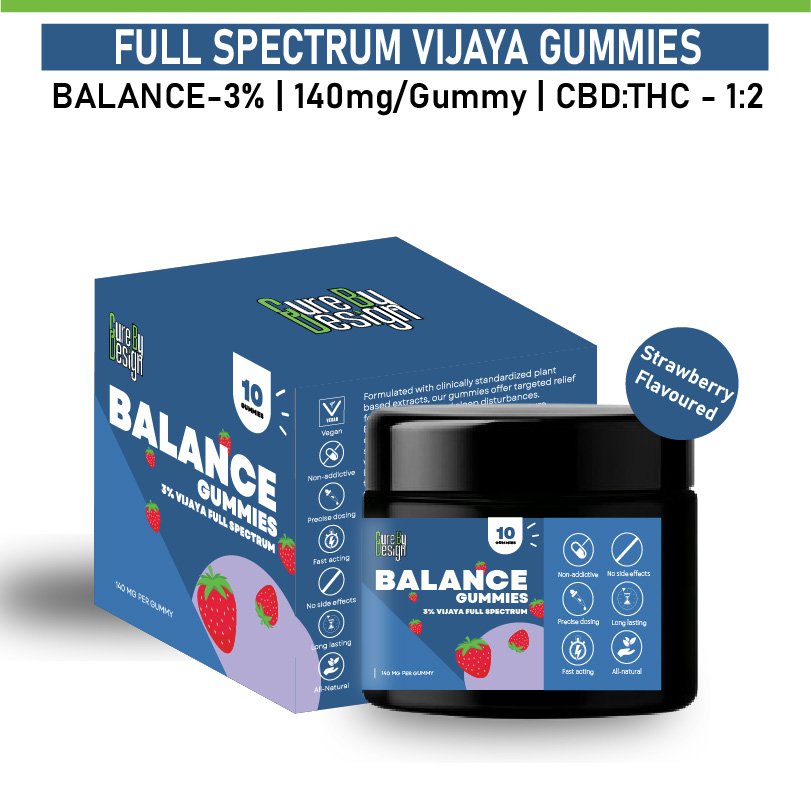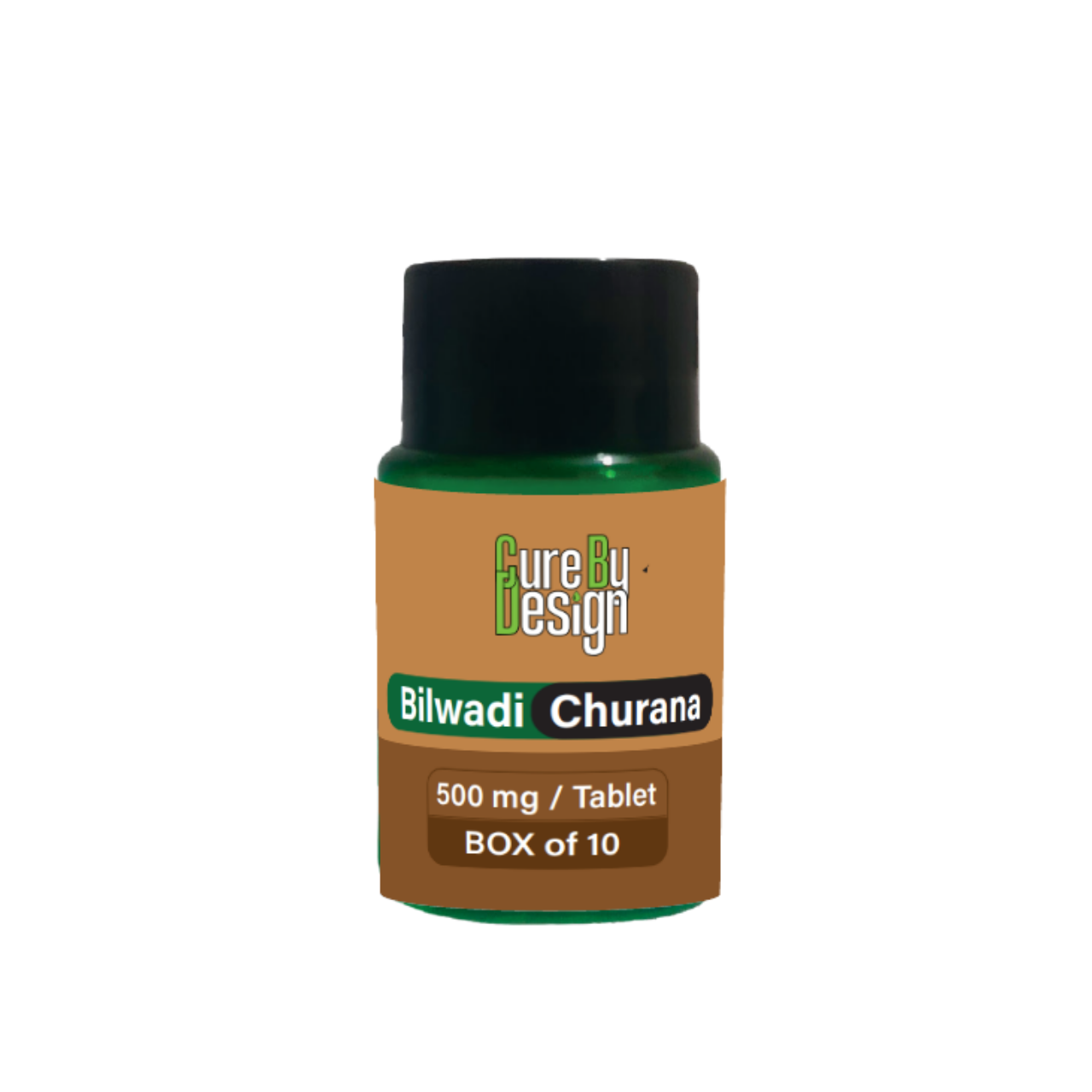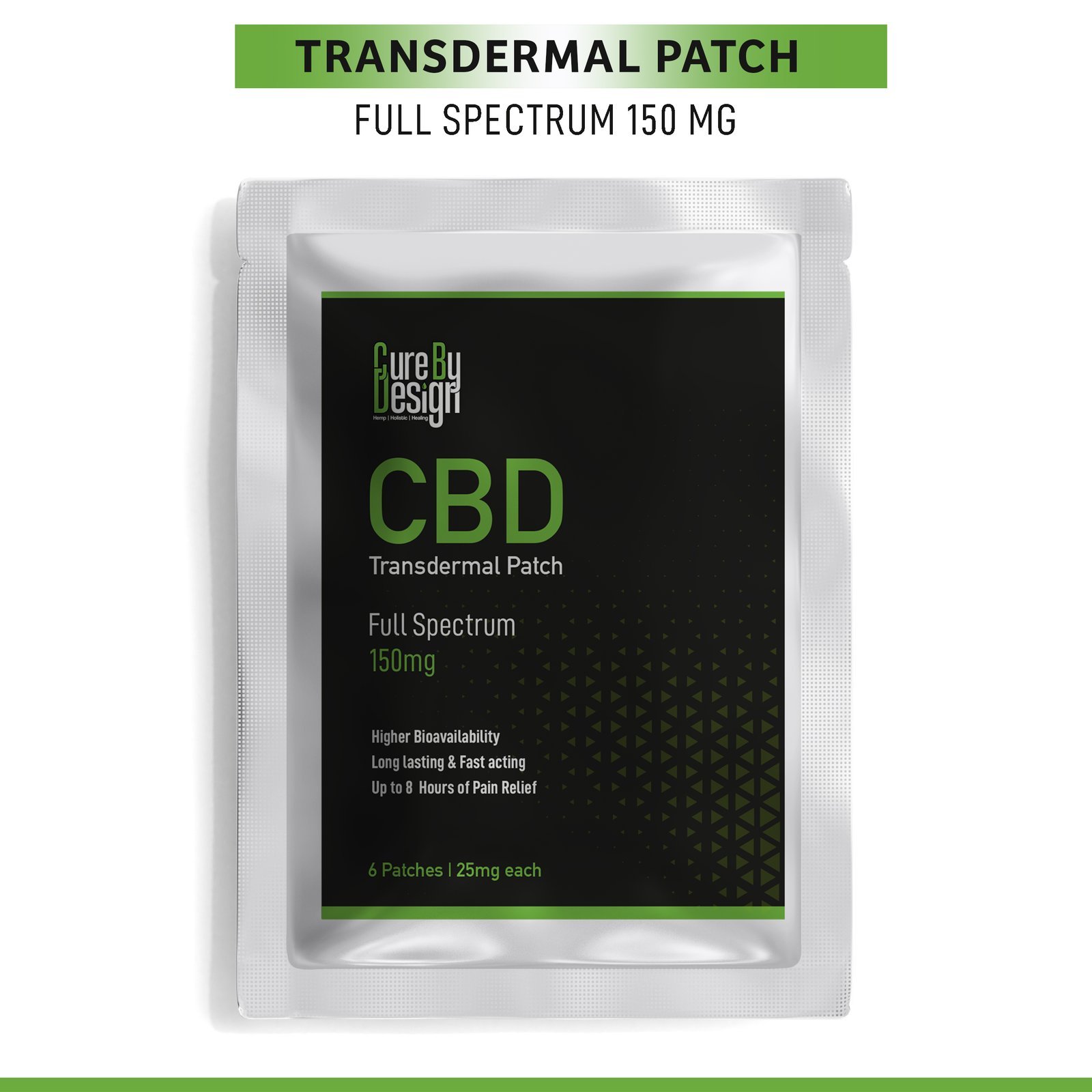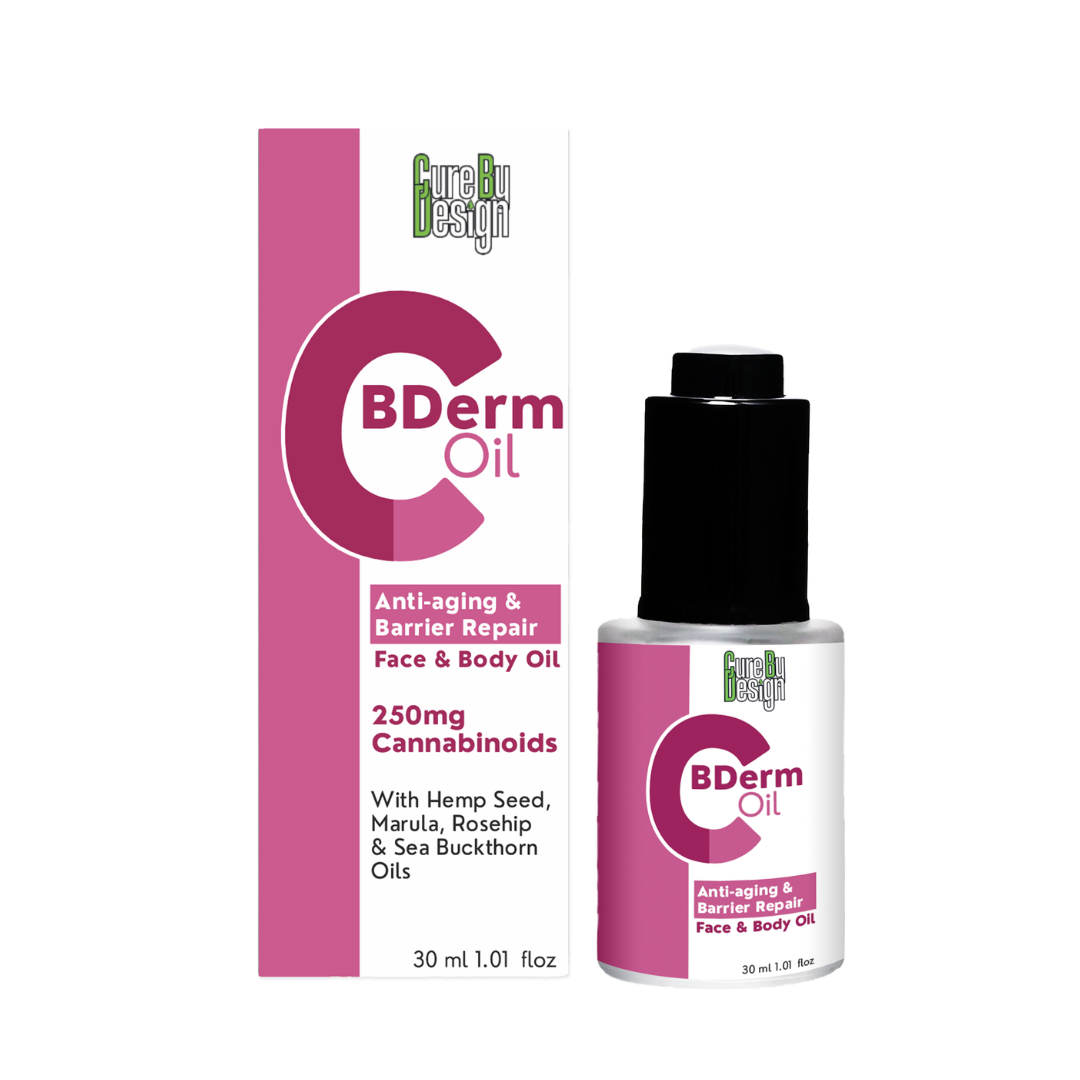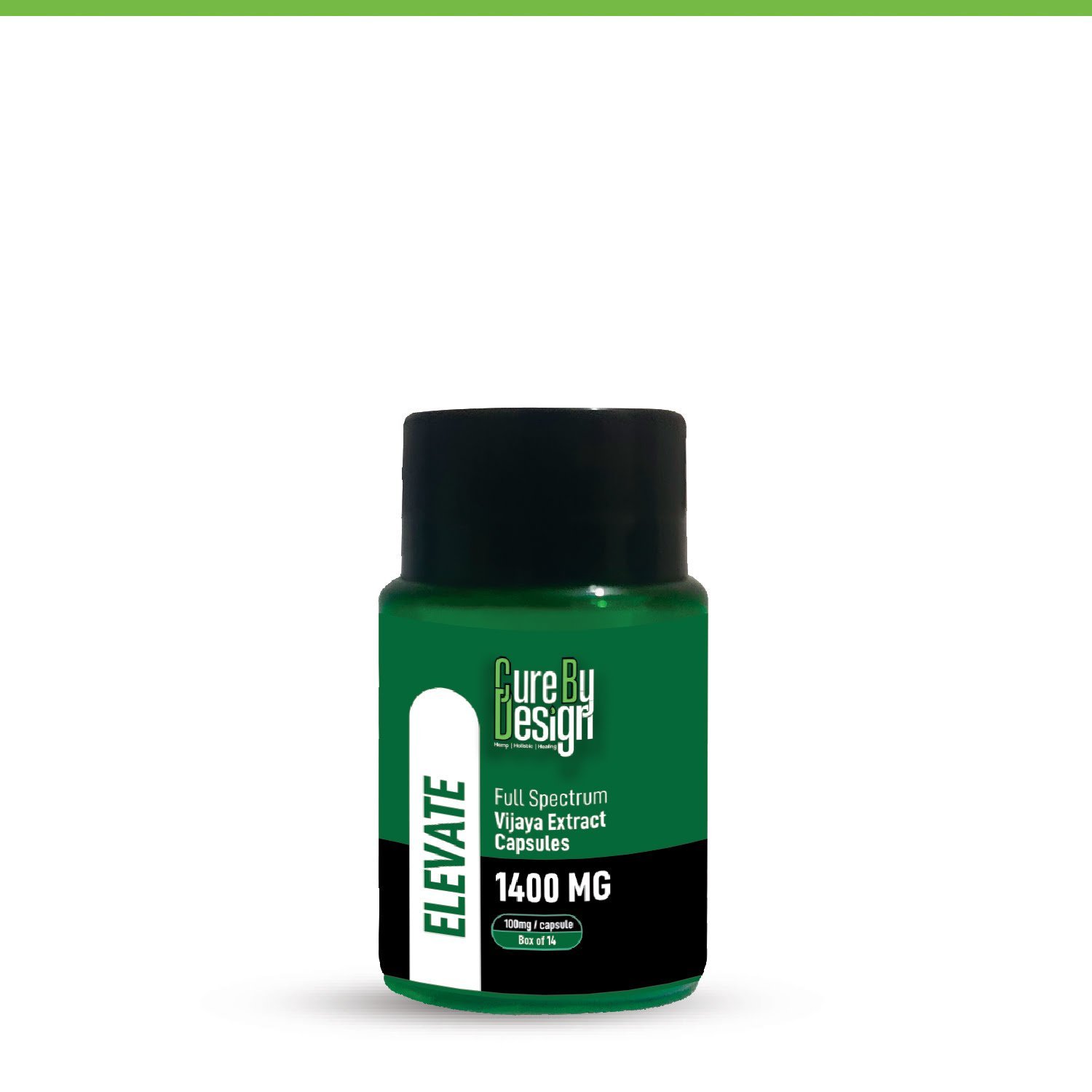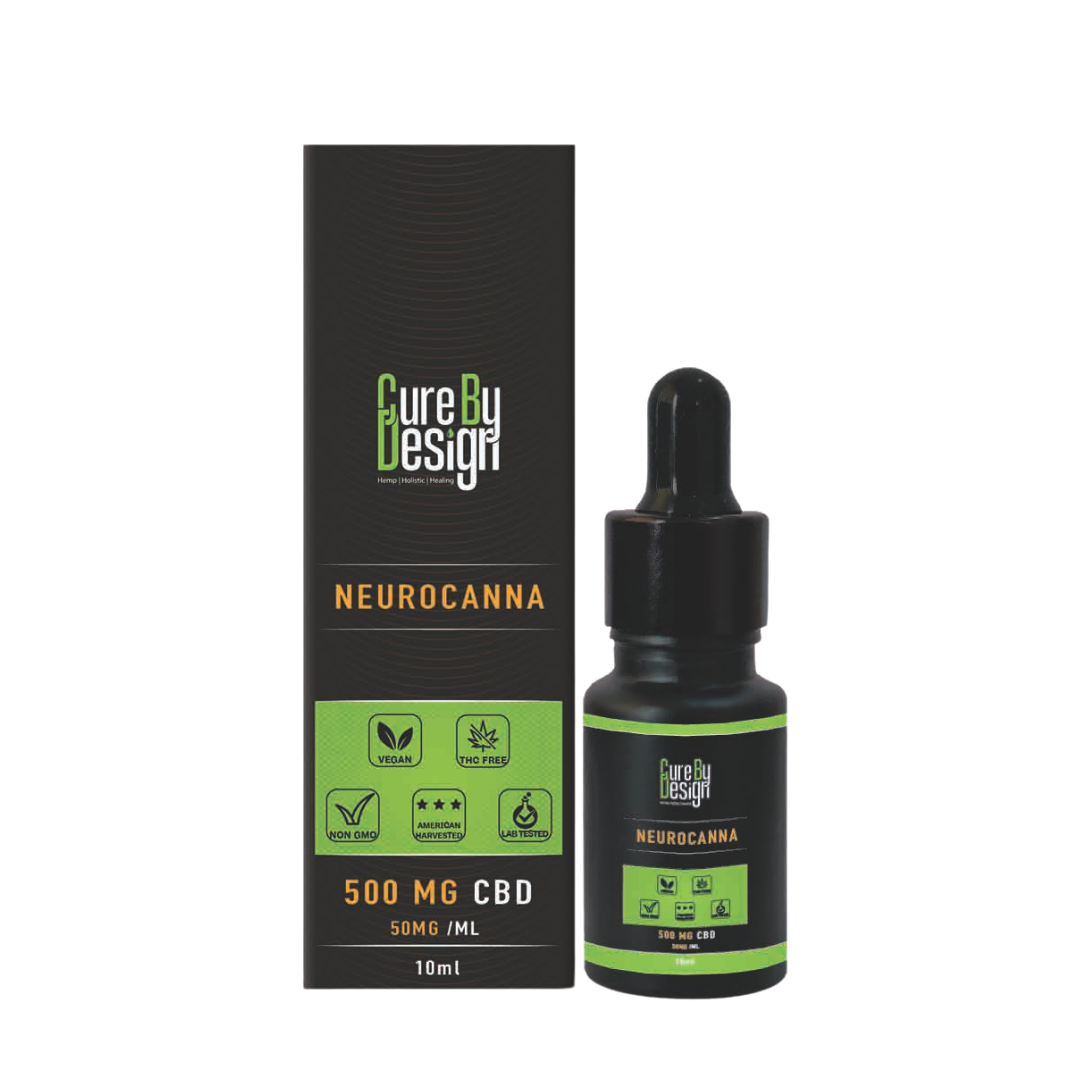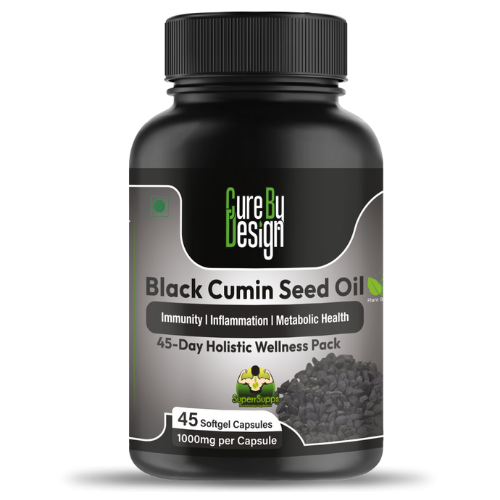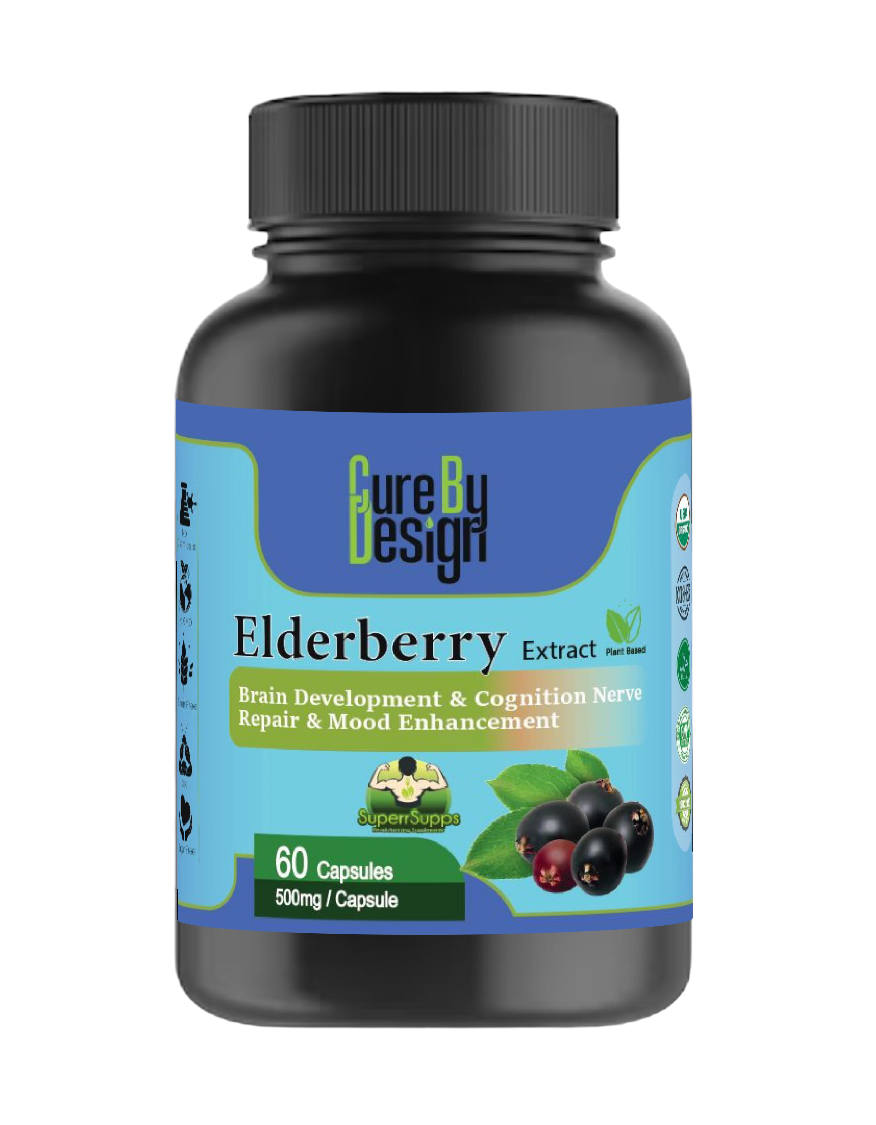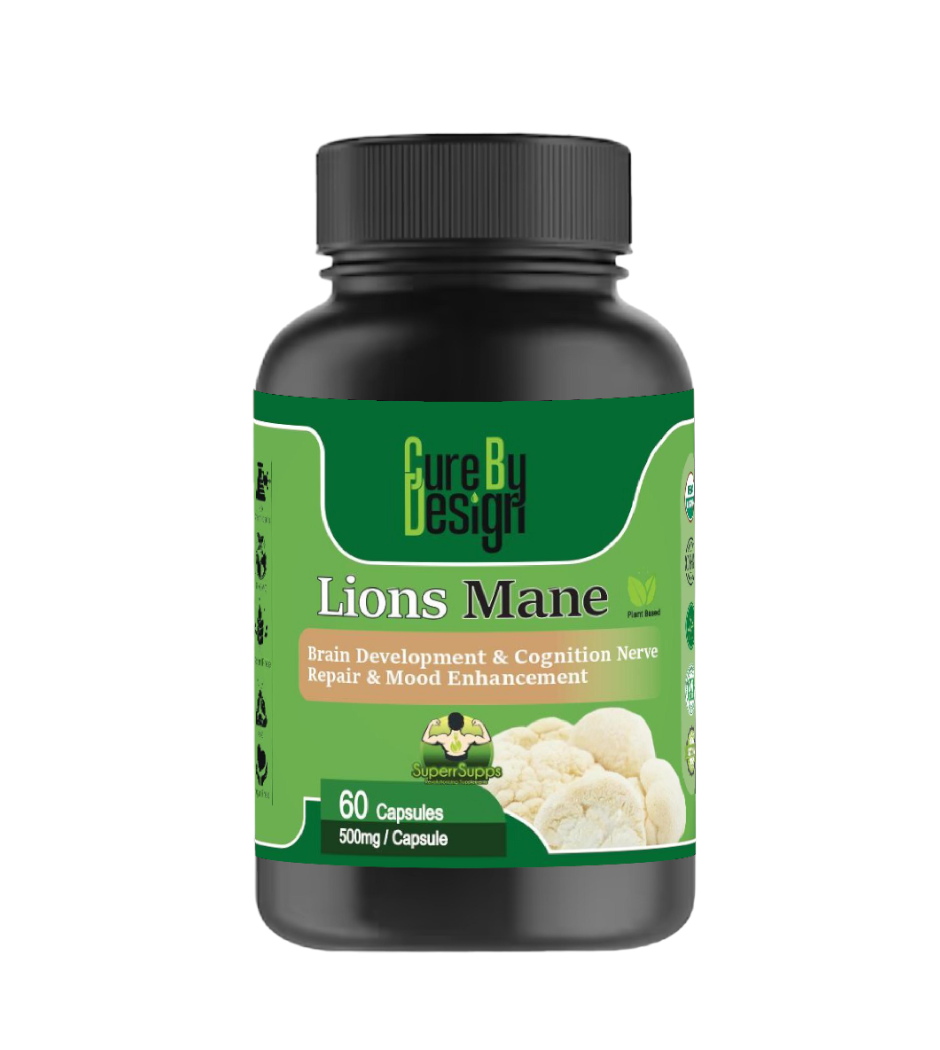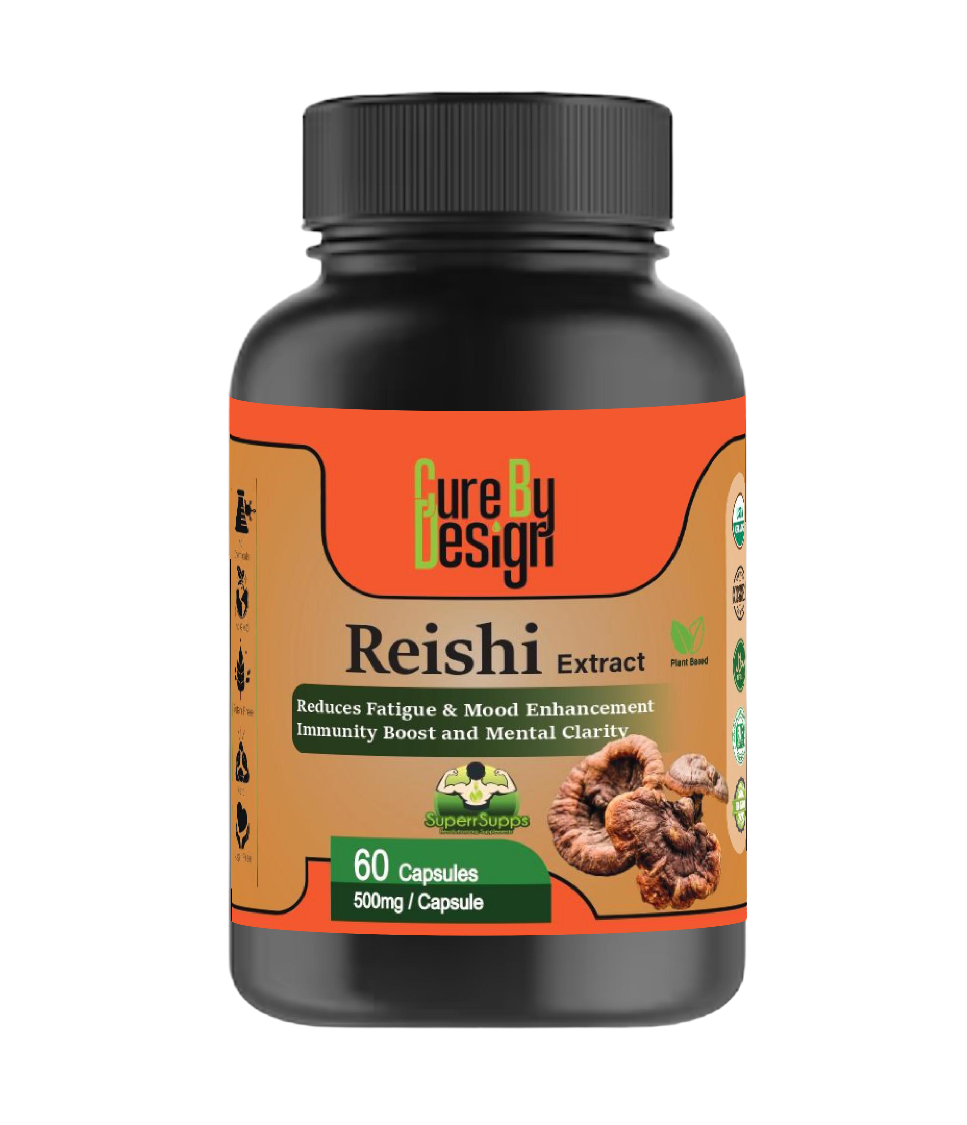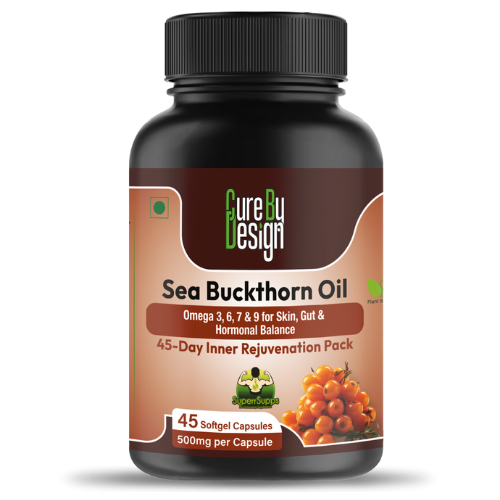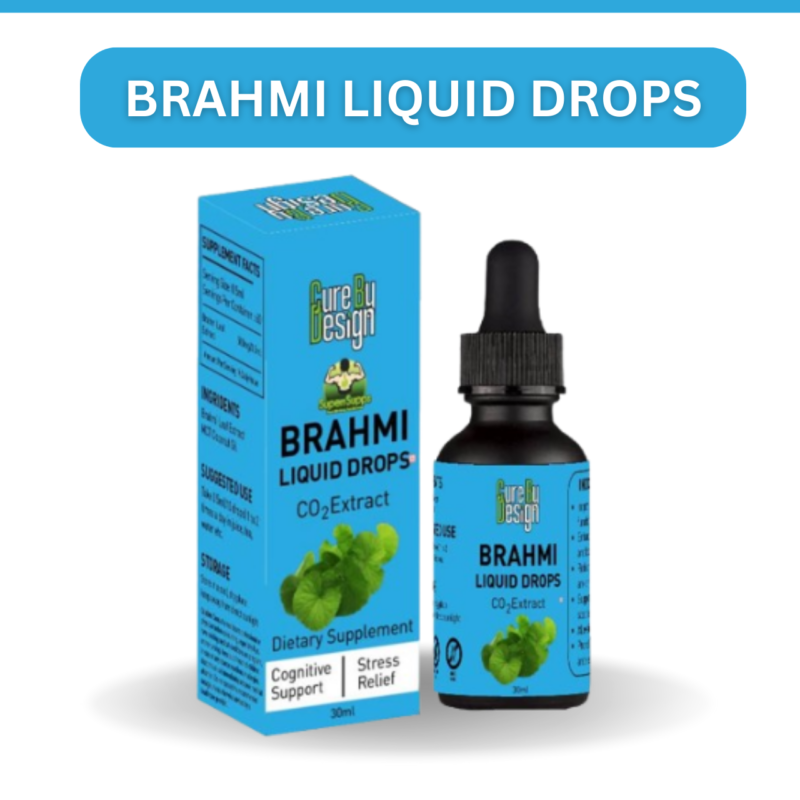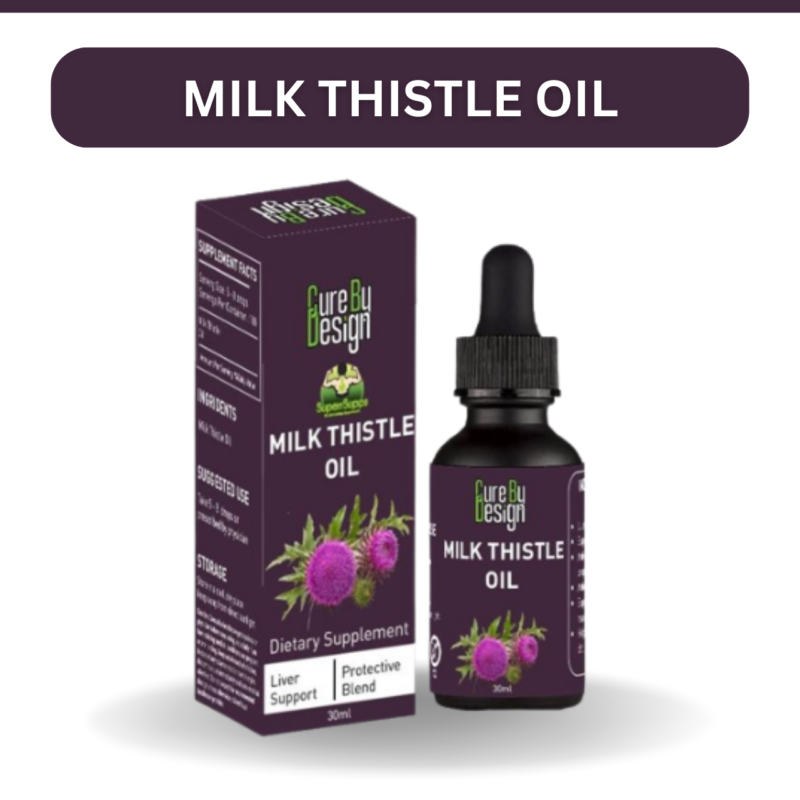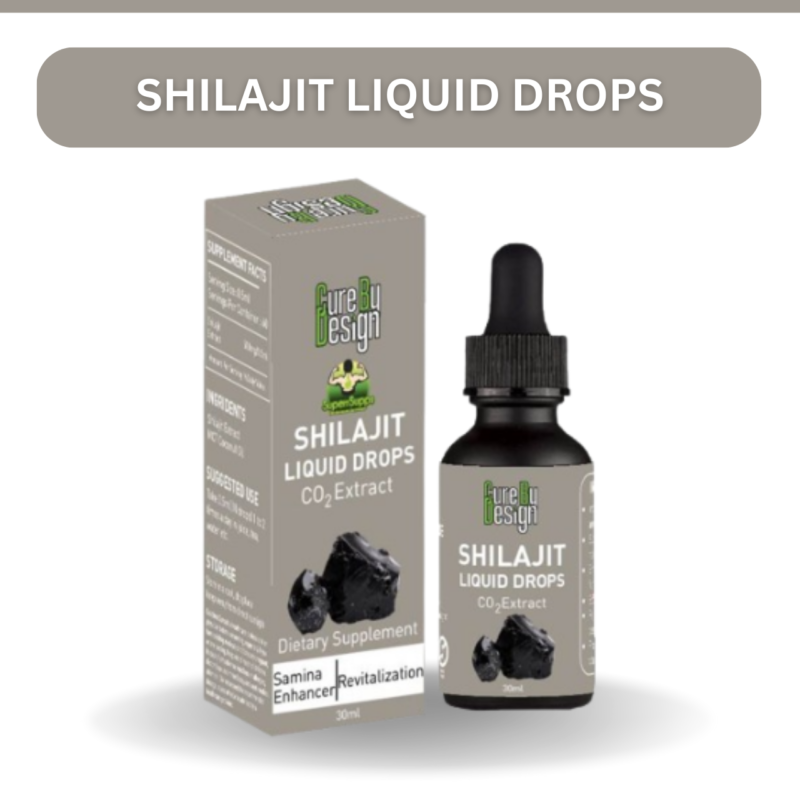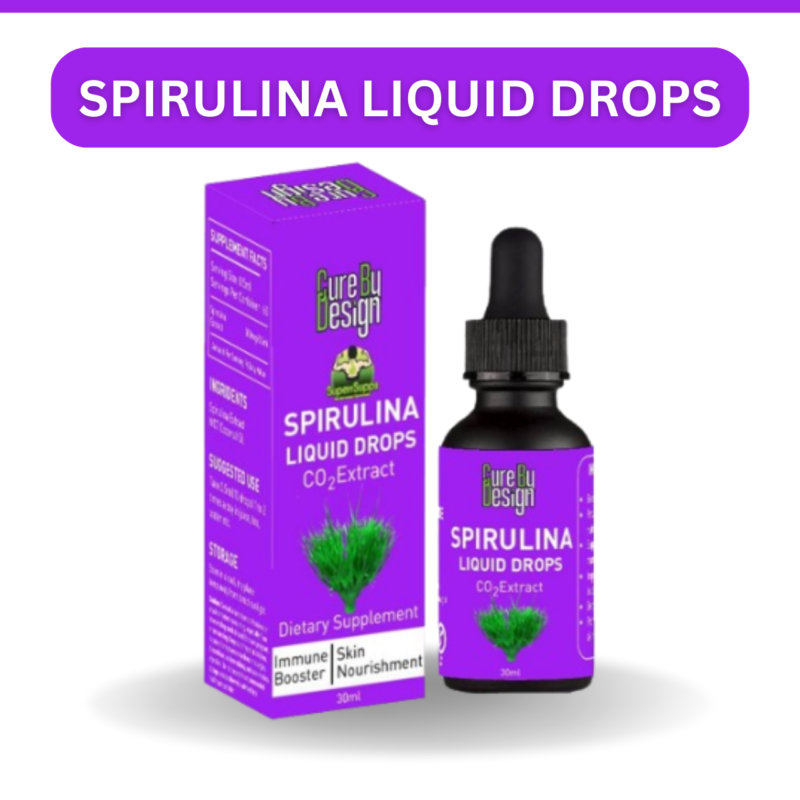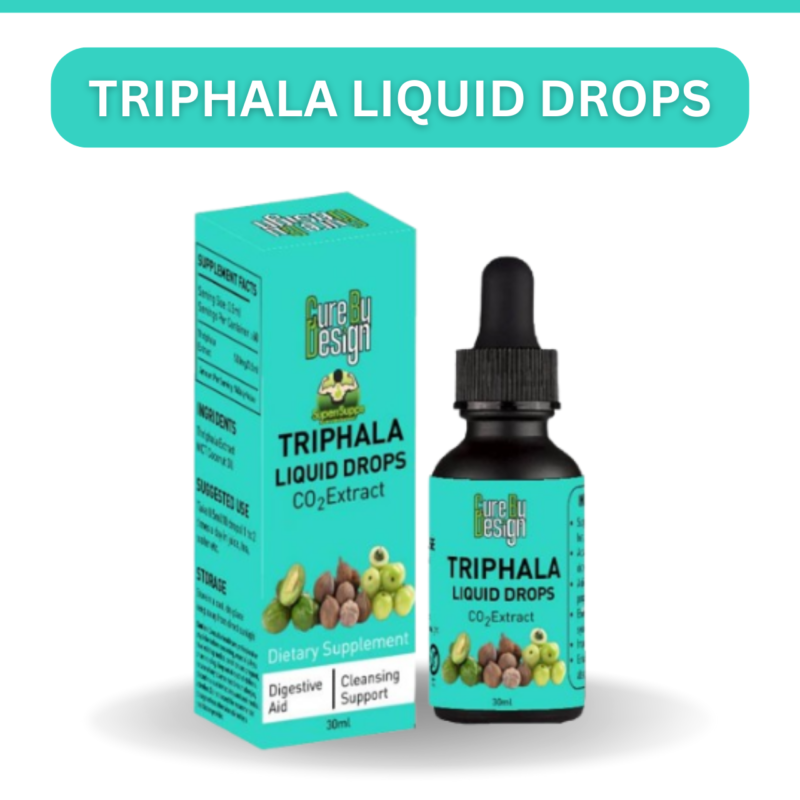CBD oil for Pain Relief

CBD oil, derived from hemp plants, has gained attention as a possible option for managing pain without causing the high associated with THC. Many people seek alternatives to traditional painkillers due to side effects or addiction risks. The idea is that CBD interacts with the body’s endocannabinoid system, which plays a role in regulating pain and inflammation. Some studies show potential benefits for chronic pain conditions like arthritis and neuropathic pain, though evidence is still limited and mixed. Different forms of CBD, such as oils, capsules, and topicals, offer varied onset times and uses. While generally safe, users should be cautious about dosage and product quality due to variability in regulation.
Table of Contents
- What Is CBD Oil and How It Works for Pain
- How CBD Interacts with the Body’s Pain Systems
- Scientific Studies on CBD for Different Types of Pain
- Different CBD Products and How to Use Them
- Recommended CBD Dosages for Pain Relief
- Safety, Side Effects, and Drug Interactions
- Legal Status of CBD Oil in the U.S. and Worldwide
- Trends in CBD Use for Managing Pain
- Tips for Choosing Quality CBD Products
- Challenges and Criticisms of CBD for Pain
- Frequently Asked Questions
What Is CBD Oil and How It Works for Pain
CBD oil is derived from cannabidiol, a natural compound found in hemp plants containing less than 0.3% THC, meaning it does not cause the high associated with marijuana. To make it usable, CBD is extracted from hemp and blended with carrier oils like coconut or hemp seed oil. This results in various product forms such as capsules, tinctures, sprays, topical creams, and vape oils, each suited for different preferences and types of pain. Unlike THC, CBD does not strongly bind to CB1 receptors in the brain, so it lacks psychoactive effects but still interacts with the body’s systems to help ease pain. It may reduce pain by lowering inflammation and altering how pain signals are processed in the nervous system. Additionally, CBD might improve mood and sleep quality, which can indirectly support better pain management. Many people turn to CBD oil for chronic pain relief because it is considered safer than opioids or nonsteroidal anti-inflammatory drugs (NSAIDs). However, the effectiveness of CBD oil can vary depending on the product form and individual body chemistry. Its rising popularity is fueled by anecdotal success stories and early scientific findings that suggest potential pain relief benefits.
How CBD Interacts with the Body’s Pain Systems
 CBD works primarily by influencing the body’s endocannabinoid system (ECS), which plays a key role in regulating pain, immune responses, and mood. Rather than directly activating the main cannabinoid receptors CB1 and CB2, CBD tends to modulate their activity, helping to balance how pain signals are processed. Beyond these receptors, CBD also interacts with serotonin and glycine receptors, which are linked to how the body perceives pain, potentially easing discomfort by altering nerve communication. One important effect of CBD is its ability to raise levels of anandamide, a natural compound inside the body that reduces pain and boosts mood. This increase can help lessen pain sensations and improve overall well-being. CBD’s anti-inflammatory properties also contribute by reducing swelling and irritation, common causes of pain in many conditions. Additionally, CBD may calm the immune system’s overactive responses that often lead to chronic pain, helping to prevent prolonged discomfort. It can inhibit enzymes that break down the body’s own cannabinoids, allowing these natural pain-relieving substances to stay active longer. CBD also influences nerve signaling, which might reduce nerve-related (neuropathic) pain often described as burning or shooting sensations. While research is ongoing and the exact processes are still being uncovered, it is clear that CBD’s pain relief involves multiple pathways working together. Importantly, unlike THC, CBD does not cause a high because it does not strongly activate CB1 receptors in the brain, making it a non-intoxicating option for pain management.
CBD works primarily by influencing the body’s endocannabinoid system (ECS), which plays a key role in regulating pain, immune responses, and mood. Rather than directly activating the main cannabinoid receptors CB1 and CB2, CBD tends to modulate their activity, helping to balance how pain signals are processed. Beyond these receptors, CBD also interacts with serotonin and glycine receptors, which are linked to how the body perceives pain, potentially easing discomfort by altering nerve communication. One important effect of CBD is its ability to raise levels of anandamide, a natural compound inside the body that reduces pain and boosts mood. This increase can help lessen pain sensations and improve overall well-being. CBD’s anti-inflammatory properties also contribute by reducing swelling and irritation, common causes of pain in many conditions. Additionally, CBD may calm the immune system’s overactive responses that often lead to chronic pain, helping to prevent prolonged discomfort. It can inhibit enzymes that break down the body’s own cannabinoids, allowing these natural pain-relieving substances to stay active longer. CBD also influences nerve signaling, which might reduce nerve-related (neuropathic) pain often described as burning or shooting sensations. While research is ongoing and the exact processes are still being uncovered, it is clear that CBD’s pain relief involves multiple pathways working together. Importantly, unlike THC, CBD does not cause a high because it does not strongly activate CB1 receptors in the brain, making it a non-intoxicating option for pain management.
Scientific Studies on CBD for Different Types of Pain
Research on CBD for pain relief shows mixed results across various conditions. Many studies suggest CBD may help reduce chronic pain and inflammation, but these often include THC alongside CBD, making it difficult to pinpoint CBD’s exact role. In neuropathic pain, such as nerve damage or multiple sclerosis (MS), clinical trials report inconsistent outcomes: some patients experience relief, while others see little benefit. Animal studies offer promising evidence that topical CBD can ease arthritis-related inflammation and joint pain, yet human research in this area remains scarce. For MS patients, combining CBD with THC appears to reduce muscle spasms and pain more effectively than CBD alone. Early research hints at potential benefits for fibromyalgia and rheumatic pain, but these findings are preliminary and need confirmation through larger trials. Cancer-related pain studies are inconclusive; while CBD might help with chemotherapy side effects like nausea and pain, solid evidence is lacking. Systematic reviews emphasize the need for more high-quality, large-scale human trials, as many existing studies suffer from small sample sizes, lack of standardized dosing, or show no significant advantage over placebo. Some research even highlights strong placebo effects or no difference between CBD and control groups. Overall, current evidence is insufficient to establish CBD as a standard treatment for specific pain types, underscoring the necessity for further rigorous investigation.
Different CBD Products and How to Use Them
 CBD products come in several forms, each suited for different types of pain and preferences. Oral products like capsules and oils are often used for systemic or widespread pain, but they take longer to show effects, usually between 1 and 3 hours. For faster relief, sublingual options such as tinctures and sprays absorb more quickly, typically within 15 to 45 minutes, making them a practical choice for those needing a quicker response. Topical creams and balms are designed to target specific areas of localized pain. Their absorption through the skin varies and is less studied, but they can be applied every 4 to 6 hours and are measured by total CBD content per container, 250 to 500 mg is common for mild pain, while more than 1000 mg is suggested for severe pain. Inhaled CBD via vaping offers the fastest onset, but it carries respiratory risks and is generally not recommended, especially for individuals with lung issues. Dosage depends on pain severity: mild pain might require 10 to 20 mg of oral CBD, moderate pain 20 to 40 mg, and severe pain 40 mg or more per dose, usually taken two to three times daily. Some users in legal areas combine low doses of THC with CBD to enhance pain relief, but THC’s psychoactive effects should be considered carefully. Starting with a low dose and gradually increasing while monitoring how your body reacts is the safest approach. Ultimately, the choice of product depends on the type of pain, how fast relief is needed, personal comfort with the product form, and what’s legally available in your area.
CBD products come in several forms, each suited for different types of pain and preferences. Oral products like capsules and oils are often used for systemic or widespread pain, but they take longer to show effects, usually between 1 and 3 hours. For faster relief, sublingual options such as tinctures and sprays absorb more quickly, typically within 15 to 45 minutes, making them a practical choice for those needing a quicker response. Topical creams and balms are designed to target specific areas of localized pain. Their absorption through the skin varies and is less studied, but they can be applied every 4 to 6 hours and are measured by total CBD content per container, 250 to 500 mg is common for mild pain, while more than 1000 mg is suggested for severe pain. Inhaled CBD via vaping offers the fastest onset, but it carries respiratory risks and is generally not recommended, especially for individuals with lung issues. Dosage depends on pain severity: mild pain might require 10 to 20 mg of oral CBD, moderate pain 20 to 40 mg, and severe pain 40 mg or more per dose, usually taken two to three times daily. Some users in legal areas combine low doses of THC with CBD to enhance pain relief, but THC’s psychoactive effects should be considered carefully. Starting with a low dose and gradually increasing while monitoring how your body reacts is the safest approach. Ultimately, the choice of product depends on the type of pain, how fast relief is needed, personal comfort with the product form, and what’s legally available in your area.
- Oral CBD products like capsules and oils are used for systemic pain but take 1 to 3 hours to work.
- Sublingual forms such as tinctures and sprays absorb faster, usually within 15 to 45 minutes.
- Topical creams and balms target localized pain areas; absorption through skin is variable and less studied.
- Inhaled CBD (vaping) offers rapid relief but carries respiratory risks and is generally not advised.
- Dosages vary by pain severity: mild pain might need 10-20 mg orally, moderate 20-40 mg, and severe pain 40-100+ mg.
- Topical creams are measured by total CBD per container, with 250-500 mg for mild pain and over 1000 mg for severe pain.
- Frequency for oral doses is commonly two to three times daily; topicals can be applied every 4 to 6 hours.
- Some patients combine low-dose THC with CBD where legal to enhance pain relief, but THC can cause psychoactive effects.
- Consumers should start with low doses and increase gradually while monitoring effects.
- Product choice depends on pain type, personal preference, and legal availability.
Recommended CBD Dosages for Pain Relief
When using CBD oil for pain relief, it’s important to start with a low dose and gradually increase it until you notice relief or experience side effects. For mild pain, beginning with 10 to 20 mg per oral dose is common, adjusting upward carefully if needed. Moderate pain may require 20 to 40 mg per dose, while severe pain often calls for 40 to 100 mg or more. Oral CBD is typically taken two to three times daily to maintain steady effects. Topical CBD products are dosed based on container strength, with 250 to 500 mg suggested for mild conditions. Apply topical creams directly to the painful area two to three times a day or every four to six hours as needed. Avoid making large jumps in dosage to reduce the chance of unwanted side effects like drowsiness or digestive issues. Some people find added benefit by combining CBD with small amounts of THC, but THC should be used cautiously due to its psychoactive effects. Keeping a journal to track symptoms, dosage changes, and side effects can help identify the most effective and comfortable dose. Always consult a healthcare provider before starting CBD, especially if you take other medications, to ensure personalized and safe dosing.
| Pain Severity | Oral CBD Dose (mg) | Topical CBD Dose (mg per container) | Dosing Frequency |
|---|---|---|---|
| Mild Pain | 10-20 mg | 250-500 mg | 2-3 times daily (oral), every 4-6 hours (topical) |
| Moderate Pain | 20-40 mg | 500-1000 mg | 2-3 times daily (oral), every 4-6 hours (topical) |
| Severe Pain | 40-100+ mg | 1000+ mg | 2-3 times daily (oral), every 4-6 hours (topical) |
Safety, Side Effects, and Drug Interactions
CBD is generally well tolerated and considered safe by the World Health Organization, but it is not without side effects. Common issues reported include fatigue, drowsiness, dry mouth, diarrhea, changes in appetite, and mood shifts. These effects are usually mild but can be bothersome depending on the individual and dosage. One important concern is CBD’s impact on liver enzymes, specifically cytochrome P450, which plays a key role in metabolizing many prescription drugs such as blood thinners, antidepressants, and anti-epileptics. This interaction can alter how these medications work, potentially leading to harmful effects or reduced efficacy. Because of this, it is crucial to consult a healthcare provider before starting CBD, especially if you are taking other medications.
Certain groups should be particularly cautious with CBD use. Pregnant and breastfeeding women are advised to avoid CBD due to insufficient safety data. For children, CBD should only be used under strict medical supervision, as seen with the FDA-approved drug Epidiolex for epilepsy. Additionally, vaping CBD is not recommended, especially for individuals with lung conditions, due to potential respiratory risks associated with inhaling vaporized substances.
The largely unregulated CBD market adds another layer of risk. Many products are mislabeled or contaminated with substances like THC, pesticides, or heavy metals, which can lead to unintended side effects or legal issues. To minimize these risks, it is important to purchase CBD from reputable sources that provide third-party lab testing and Certificates of Analysis confirming product purity and potency. Long-term safety data on CBD is still limited, and high doses may raise liver enzymes or cause other health concerns, so cautious, informed use is advised.
 CBD use for pain relief has become increasingly common, with surveys showing about 60% of U.S. adults have tried it to ease discomfort. Many users share personal reports of reduced pain, better sleep, and less dependence on opioids or NSAIDs. The most popular CBD products include oils, tinctures, gummies, capsules, and topical creams, each offering different benefits depending on the type and location of pain. While edibles like gummies are favored by some for convenience, they present dosing challenges and raise safety concerns, especially for households with children due to their sweet flavors. The CBD market itself is booming, expected to jump from $3 billion in 2021 to around $60 billion by 2030, driven by growing public interest. However, the cost of high-quality, lab-tested CBD products remains a barrier for many, especially with ongoing use. Consumers are increasingly seeking organic products with transparent ingredient lists to ensure safety and effectiveness. Social media and word-of-mouth play major roles in shaping consumer choices, often influencing trends faster than formal research can keep up. There is also rising interest in combining CBD with other therapies, including THC where legal, as some find this mix offers enhanced pain relief. Despite growing awareness, many users face confusion due to inconsistent product quality and the limited scientific consensus on dosing and long-term effects. This mix of enthusiasm and uncertainty highlights the evolving landscape of CBD for pain management.
CBD use for pain relief has become increasingly common, with surveys showing about 60% of U.S. adults have tried it to ease discomfort. Many users share personal reports of reduced pain, better sleep, and less dependence on opioids or NSAIDs. The most popular CBD products include oils, tinctures, gummies, capsules, and topical creams, each offering different benefits depending on the type and location of pain. While edibles like gummies are favored by some for convenience, they present dosing challenges and raise safety concerns, especially for households with children due to their sweet flavors. The CBD market itself is booming, expected to jump from $3 billion in 2021 to around $60 billion by 2030, driven by growing public interest. However, the cost of high-quality, lab-tested CBD products remains a barrier for many, especially with ongoing use. Consumers are increasingly seeking organic products with transparent ingredient lists to ensure safety and effectiveness. Social media and word-of-mouth play major roles in shaping consumer choices, often influencing trends faster than formal research can keep up. There is also rising interest in combining CBD with other therapies, including THC where legal, as some find this mix offers enhanced pain relief. Despite growing awareness, many users face confusion due to inconsistent product quality and the limited scientific consensus on dosing and long-term effects. This mix of enthusiasm and uncertainty highlights the evolving landscape of CBD for pain management.
Tips for Choosing Quality CBD Products
When selecting CBD products for pain relief, quality matters a lot. Start by looking for items made from U.S.-grown, organically farmed hemp to minimize exposure to pesticides and harmful chemicals. Always check if the product has third-party lab testing and a Certificate of Analysis (COA) that clearly shows cannabinoid content and purity. Avoid products that don’t disclose how much CBD they contain or that fail to list all ingredients. It’s also important to pick products specifying THC content below 0.3%, which helps avoid intoxication and legal troubles. Stick with reputable brands that have positive customer reviews and transparent manufacturing processes, since cheap products can be diluted, contaminated, or mislabeled. Consider the form of CBD that best suits your pain: topical creams and balms are better for localized issues like joint pain, while oral forms such as capsules or tinctures may work better for systemic pain. Pay attention to the extraction method, CO2 extraction is cleaner and safer compared to solvent-based techniques, which might leave residues. Be wary of any product claiming to cure illnesses or making exaggerated health promises. Lastly, store your CBD products properly, away from heat and direct sunlight, to keep their potency intact over time.
Challenges and Criticisms of CBD for Pain
Despite its popularity, CBD faces significant challenges and criticisms when used for pain relief. Most high-quality randomized controlled trials have shown limited or no meaningful benefit of CBD alone for chronic pain. In fact, a 2024 meta-analysis of pharmaceutical-grade CBD trials found that 15 out of 16 showed no superiority over placebo, casting doubt on its effectiveness as a solo treatment. Many CBD products on the market are unregulated, often containing inconsistent cannabinoid levels and potentially harmful contaminants like pesticides or heavy metals. This lack of quality control not only risks consumer safety but also makes it difficult for researchers to evaluate CBD’s true effects. Some studies have reported serious side effects, including liver toxicity, especially with high doses or prolonged use, which raises concerns about its long-term safety. The booming CBD industry, valued in billions, is rife with misleading claims that confuse consumers and may lead to wasted money or delayed use of proven pain therapies. Adding to the complexity, CBD’s pain-relieving effects might depend on its combination with THC, which has psychoactive properties and legal restrictions that limit accessibility. Moreover, the absence of standardized dosing guidelines and product variability complicate clinical use and research efforts. Regulatory challenges remain a major barrier to ensuring product quality and protecting consumers. Overall, more rigorous and well-designed clinical research is urgently needed to clarify CBD’s true role, benefits, and risks in pain management.
Frequently Asked Questions
1. How does CBD oil interact with the body to help with pain relief?
CBD oil works by interacting with the body’s endocannabinoid system, which helps regulate pain, mood, and inflammation. It doesn’t directly cause pain relief but influences receptors to reduce inflammation and discomfort in a subtle, balanced way.
2. Can CBD oil be effective for chronic pain conditions like arthritis or fibromyalgia?
Many people with chronic pain conditions like arthritis or fibromyalgia report relief using CBD oil. It may help reduce inflammation and improve sleep quality, which can ease symptoms, but its effectiveness can vary from person to person and is not guaranteed.
3. Are there any side effects or risks associated with using CBD oil for pain management?
CBD oil is generally considered safe, but it can cause mild side effects like dry mouth, fatigue, or changes in appetite. It’s important to consult a healthcare professional before using it, especially if you take other medications, to avoid possible interactions.
4. How long does it typically take for CBD oil to start working for pain relief?
The time varies depending on the form of CBD and individual factors. When taken orally, it may take 30 minutes to 2 hours to feel effects. Sublingual or topical applications might work faster but the relief can also depend on your body’s response.
5. Can I use CBD oil along with other pain medications safely?
CBD can interact with certain medications, potentially altering their effectiveness or side effects. It’s important to talk with your doctor before combining CBD oil with other pain relievers to ensure it’s safe and to find the right dosage without complications.

